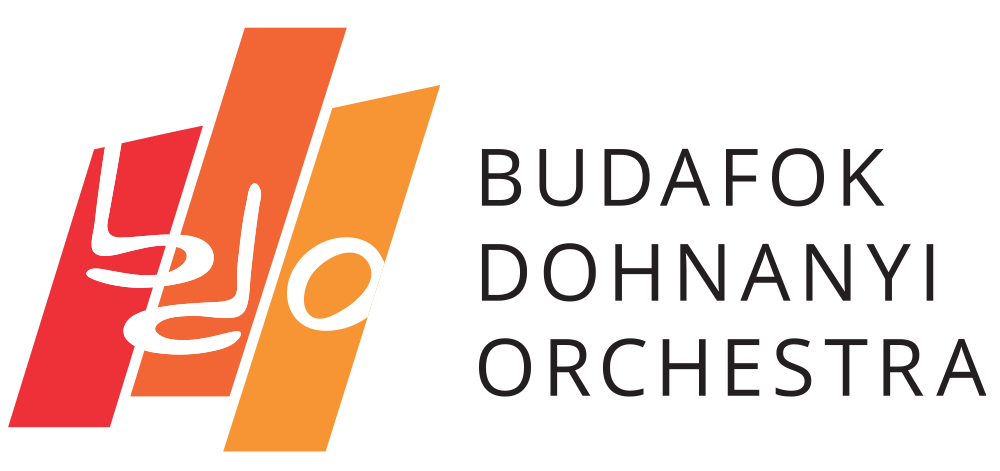Faith was important to Dvořák, a devout Catholic, but at the same time he was also quite tolerant of others’ beliefs; he wrote his violin concerto for the great Jewish violinist Joseph Joachim, and was a longtime friend of the composer Johannes Brahms, a Lutheran-turned-agnostic. Of Brahms’ lack of faith he once famously wrote, “Such a man, such a fine soul—and he believes in nothing! He believes in nothing!”
Perhaps more important for understanding the Te Deum is a story from Dvořák’s youth. Once during family prayers he memorably exclaimed, “I pray best over there at the window, looking out at the greenery and the sky!” Dvořák’s faith was colored by his love of nature, and the music he wrote for his Te Deum has an earthiness not usually found in the ethereal world of sacred music.
The other major influence on the Te Deum is operatic. Like Verdi’s Requiem of 1874, the music has a theatricality and drama more common in the opera house than the choir stalls. It also calls for two outstanding operatic soloists, a soprano and bass (the same solo voice types Brahms used in his German Requiem). The soloists also help clarify the structure of the twenty-minute work, making its sections easy to follow. (https://houstonsymphony.org/dvoraks-te-deum/)
Beethoven composed only three pieces of church music, one of which is the Mass in C major. However, it cannot be called a regular work of church music. It bears no resemblance whatsoever to Haydn’s or Mozart’s masses, but is clearly modelled on Haydn’s late masses. By composing the five traditional mass movements as five large units, Beethoven broke new ground in this genre, too, departing from the earlier practice of dividing each movement into longer and shorter inner sections. Its characteristic feature is that it is dominantly vocal rather than instrumental, in line with a later statement by the composer that ‘with the exception of the Gloria and one or two similar passages, all true church music should really be sung only.’ A soft, contemplative mood prevails in the composition, the most elevated parts of which are the Kyrie and the Credo.
Beethoven wrote this work at the request of Prince Nikolaus Esterházy, who commissioned the mass for his wife’s name day. In earlier years, Joseph Haydn had composed such surprise works for the noble family, but by then he was too old to undertake the writing of the traditional name-day mass. It was first performed in Kismarton, Hungary, in 1807. After the première, the prince is said to have turned to the composer with the following words: “Aber lieber Beethoven, was haben Sie denn da wieder gemacht?” – “But dear Beethoven, what have you done again?”


